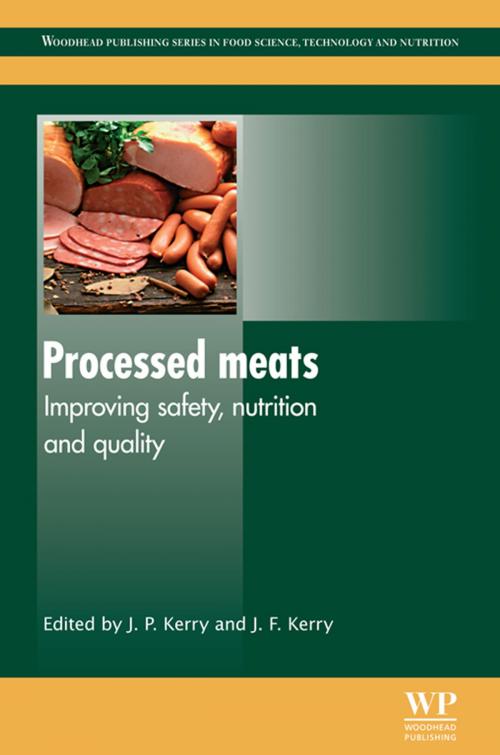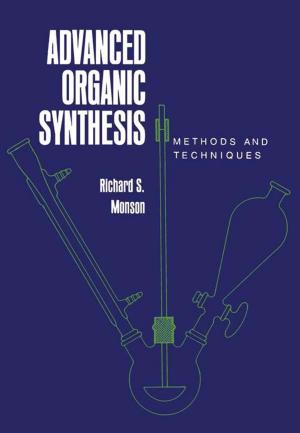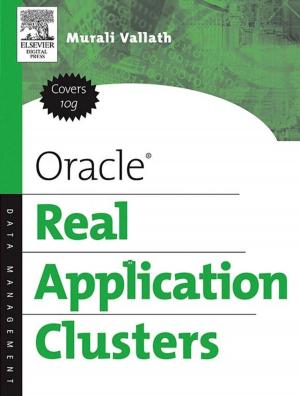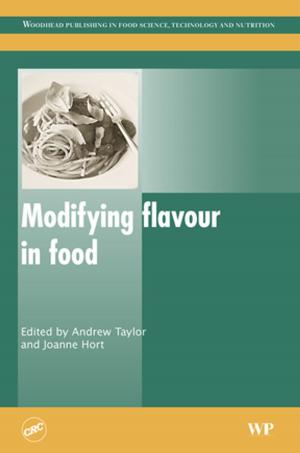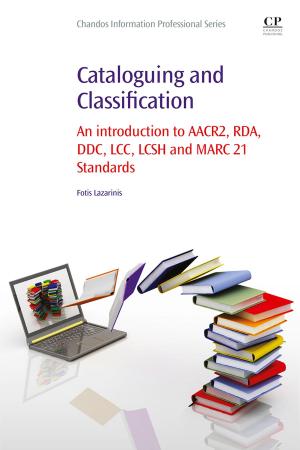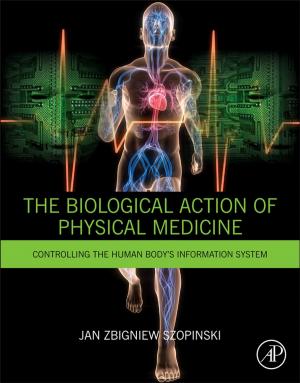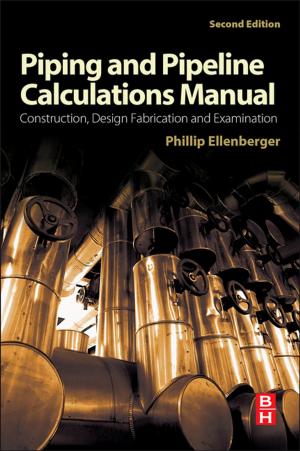Processed Meats
Improving Safety, Nutrition and Quality
Nonfiction, Science & Nature, Technology, Food Industry & Science| Author: | ISBN: | 9780857092946 | |
| Publisher: | Elsevier Science | Publication: | July 14, 2011 |
| Imprint: | Woodhead Publishing | Language: | English |
| Author: | |
| ISBN: | 9780857092946 |
| Publisher: | Elsevier Science |
| Publication: | July 14, 2011 |
| Imprint: | Woodhead Publishing |
| Language: | English |
In a market in which consumers demand nutritionally-balanced meat products, producing processed meats that fulfil their requirements and are safe to eat is not a simple task. Processed meats: Improving safety, nutrition and quality provides professionals with a wide-ranging guide to the market for processed meats, product development, ingredient options and processing technologies.
Part one explores consumer demands and trends, legislative issues, key aspects of food safety and the use of sensory science in product development, among other issues. Part two examines the role of ingredients, including blood by-products, hydrocolloids, and natural antimicrobials, as well as the formulation of products with reduced levels of salt and fat. Nutraceutical ingredients are also covered. Part three discusses meat products’ processing, taking in the role of packaging and refrigeration alongside emerging areas such as high pressure processing and novel thermal technologies. Chapters on quality assessment and the quality of particular types of products are also included.
With its distinguished editors and team of expert contributors, Processed meats: Improving safety, nutrition and quality is a valuable reference tool for professionals working in the processed meat industry and academics studying processed meats.
- Provides professionals with a wide-ranging guide to the market for processed meats, product development, ingredient options, processing technologies and quality assessment
- Outlines the key issues in producing processed meat products that are nutritionally balanced, contain fewer ingredients, have excellent sensory characteristics and are safe to eat
- Discusses the use of nutraceutical ingredients in processed meat products and their effects on product quality, safety and acceptability
In a market in which consumers demand nutritionally-balanced meat products, producing processed meats that fulfil their requirements and are safe to eat is not a simple task. Processed meats: Improving safety, nutrition and quality provides professionals with a wide-ranging guide to the market for processed meats, product development, ingredient options and processing technologies.
Part one explores consumer demands and trends, legislative issues, key aspects of food safety and the use of sensory science in product development, among other issues. Part two examines the role of ingredients, including blood by-products, hydrocolloids, and natural antimicrobials, as well as the formulation of products with reduced levels of salt and fat. Nutraceutical ingredients are also covered. Part three discusses meat products’ processing, taking in the role of packaging and refrigeration alongside emerging areas such as high pressure processing and novel thermal technologies. Chapters on quality assessment and the quality of particular types of products are also included.
With its distinguished editors and team of expert contributors, Processed meats: Improving safety, nutrition and quality is a valuable reference tool for professionals working in the processed meat industry and academics studying processed meats.
- Provides professionals with a wide-ranging guide to the market for processed meats, product development, ingredient options, processing technologies and quality assessment
- Outlines the key issues in producing processed meat products that are nutritionally balanced, contain fewer ingredients, have excellent sensory characteristics and are safe to eat
- Discusses the use of nutraceutical ingredients in processed meat products and their effects on product quality, safety and acceptability
